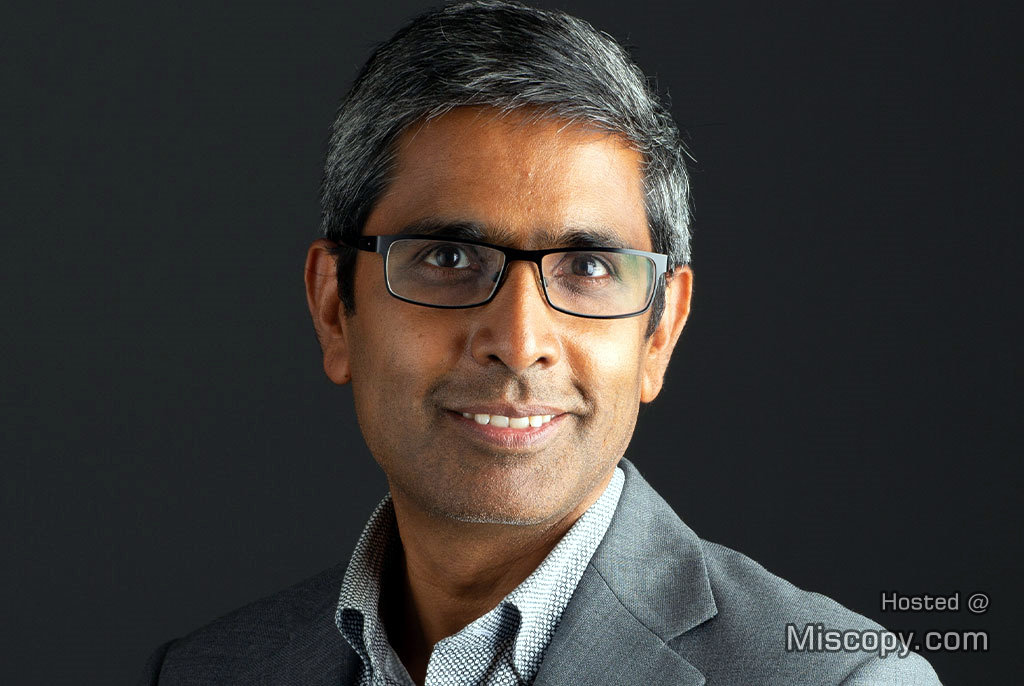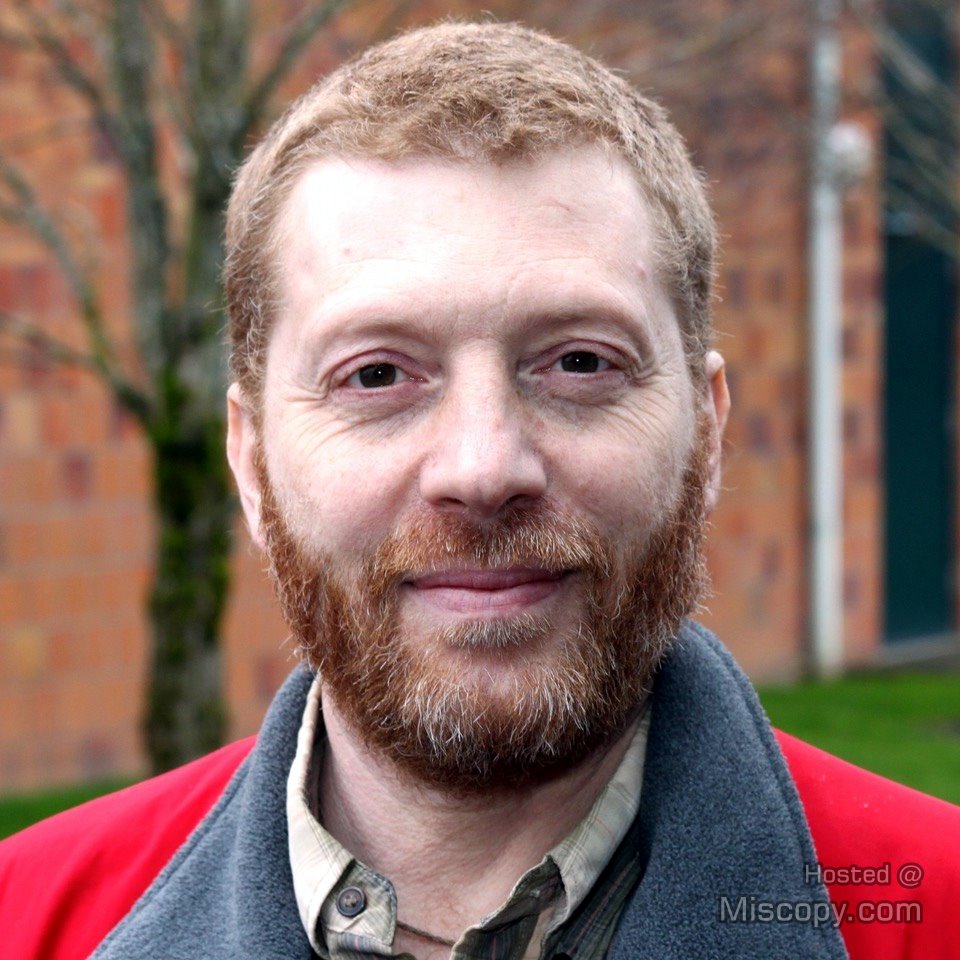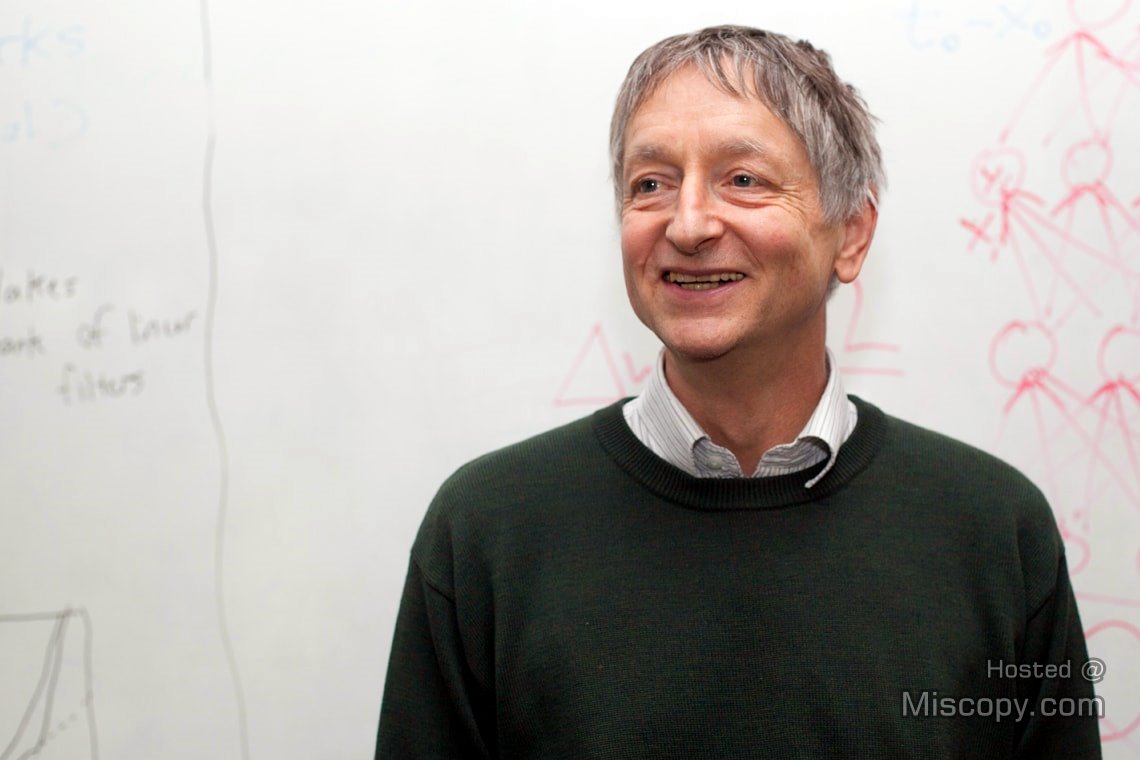Dr. Satchin Panda, PhD, is a renowned professor and the director of the Regulatory Biology Laboratories at the Salk Institute for Biological Studies in La Jolla, California. His groundbreaking research focuses on understanding the intricate relationship between circadian rhythms, time-restricted feeding (also known as intermittent fasting), and overall health and longevity. Through his extensive scientific contributions and publications, Dr. Panda has emerged as a leading authority in the field of circadian biology.
Education and Background:
Dr. Satchin Panda completed his undergraduate studies in Zoology at Berhampur University in India. Intrigued by the mechanisms governing biological rhythms, he pursued a Ph.D. in Molecular Biology from the Jawaharlal Nehru University in New Delhi, India, and completed his doctoral studies in Biological Sciences at the Indian Statistical Institute in Calcutta, India.
Afterward, he moved to the United States and conducted postdoctoral research at the University of California, San Diego (UCSD), and pursued postdoctoral training at the University of Texas Health Science Center, where he focused on understanding the molecular mechanisms underlying circadian rhythms.
Dr. Panda joined the Salk Institute in 2001 and has since dedicated his career to unraveling the mysteries of circadian biology.
Key Research Contributions:
Dr. Panda’s research has centered on unraveling the intricate mechanisms of the body’s internal circadian clock and its influence on various physiological processes.
Circadian rhythms are natural, roughly 24-hour cycles that govern our sleep-wake patterns, hormone release, metabolism, and other bodily functions.
He has made several notable contributions in this field, with a particular focus on the effects of light exposure, time-restricted feeding, and the impact of disrupted circadian rhythms on metabolism and chronic diseases.
One of Dr. Panda’s breakthrough discoveries was the identification of the proteins responsible for maintaining circadian rhythms within cells. His research demonstrated the crucial role of the proteins called “CLOCK” and “BMAL1” in regulating the internal body clock and coordinating physiological processes with the external environment.
Time-Restricted Feeding and Circadian Rhythms:
Dr. Panda’s work on time-restricted feeding has garnered significant attention. Time-restricted feeding involves consuming all daily calories within a specific window of time, typically 8-10 hours, while fasting for the remaining hours. Through various studies on animals and humans, Dr. Panda has shown that aligning eating patterns with the body’s natural circadian rhythms can have profound effects on metabolic health and longevity.
In other words, Dr. Panda’s research has revealed that when we eat is just as important as what we eat. Our body’s internal clock, influenced by environmental cues like light and darkness, regulates the expression of genes involved in metabolism and energy regulation. By adhering to a consistent eating schedule, such as consuming all meals within an 8-hour window during the day, individuals can synchronize their circadian rhythm and promote better metabolic health.
Research conducted by Dr. Panda and his team has further demonstrated that time-restricted feeding can improve glucose metabolism, reduce inflammation, and regulate body weight. By adhering to a consistent eating schedule, individuals can help synchronize their internal body clocks with their eating patterns, leading to better overall health outcomes.
Books and Public Engagement:
Dr. Panda’s work extends beyond the laboratory, as he is dedicated to sharing his knowledge with the wider public. He has authored a popular science book, “The Circadian Code: Lose Weight, Supercharge Your Energy, and Transform Your Health from Morning to Midnight,” which provides an accessible overview of his research findings and recommendations for optimizing health and well-being.
Dr. Panda is also known for his popular TED Talk, “How Your Daily Routine Can Optimize Your Sleep.” Through these platforms, he strives to educate individuals on the importance of aligning their behaviors with their natural biological rhythms to improve their overall health and longevity.
Recommendations for Health and Longevity:
Based on his extensive research, Dr. Panda offers several key recommendations for individuals seeking to optimize their health and longevity:
- Maintain a consistent sleep-wake cycle: Regular sleep patterns help synchronize the body’s internal clock and promote optimal functioning of various physiological processes.
- Practice time-restricted feeding: Eating within a specific window of time, aligned with daylight hours, can enhance metabolic health, promote weight management, and improve overall well-being.
- Minimize exposure to artificial light at night: Artificial light, especially blue light emitted by electronic devices, can disrupt circadian rhythms. Limiting exposure to such light before bedtime can improve sleep quality.
- Prioritize physical activity: Regular exercise, preferably timed during daylight hours, can reinforce circadian rhythms and positively impact metabolism and overall health.
- Consider individual variations: Dr. Panda acknowledges that individual responses to circadian rhythms and time-restricted feeding may differ. Experimentation and personalization are essential to find the best approach for each person.
Conclusion:
Dr. Satchin Panda’s pioneering research on circadian rhythms, time-restricted feeding, and their impact on health has provided valuable insights into optimizing daily routines for improved well-being. Through his publications, public engagement, and practical recommendations, Dr. Panda continues to empower individuals to harness the power of their internal clocks for better health and longevity.




